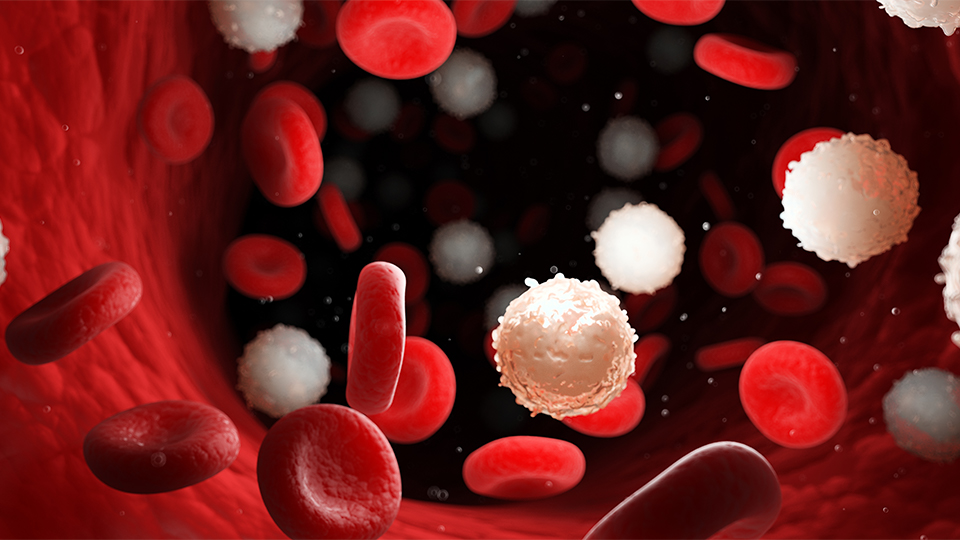Transfusion-related acute lung injury
DOI:
https://doi.org/10.37051/mir-00145Keywords:
transfusion-related acute lung injury, TRALI, blood components, transfusion, mitigation strategiesAbstract
Transfusion-related acute lung injury (TRALI) is an acute respiratory failure due to a non-cardiogenic pulmonary oedema occurring within six hours of blood transfusion. It can be mediated by HLA or HNA antibodies, or by biologic response modifiers that accumulate in blood components. Low-risk TRALI donor strategies has led to a decrease in immunologic TRALI secondary to fresh frozen plasma and platelets concentrate. TRALI pathogenesis is mainly based on the two “hits model”, explaining why ICU patients are at higher risk of developing TRALI. The recent updated definition of TRALI in 2019 includes the ARDS’s latest definition and highlights the fact that transfusion might be a cause of pulmonary edema in patients suffering from ARDS or having ARDS risk factors. TRALI diagnosis is difficult based on clinical and radiologic signs. The delay linking the respiratory distress to the transfusion, is a key element of the diagnosis. Transfusion associated circulatory overload (TACO) is TRALI’s main differential diagnosis among the pulmonary transfusion complications. There is no specific treatment for TRALI that mortality can be as high as 50%. Only preventive measures have been found to prevent TRALI occurrence.


